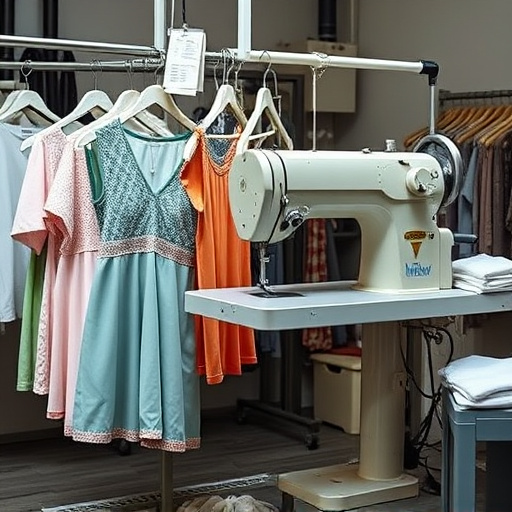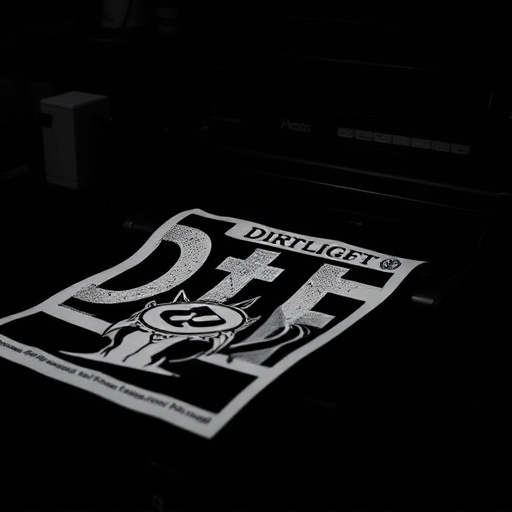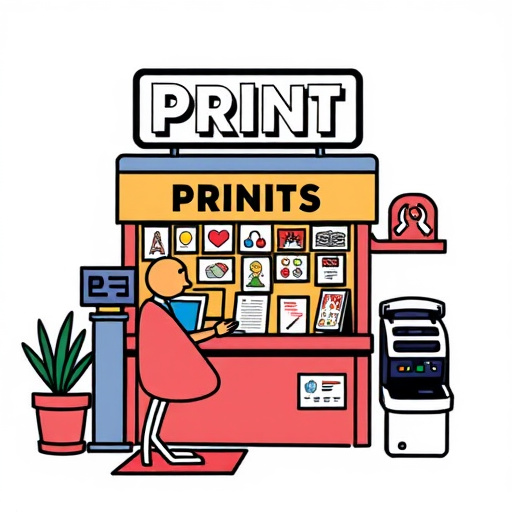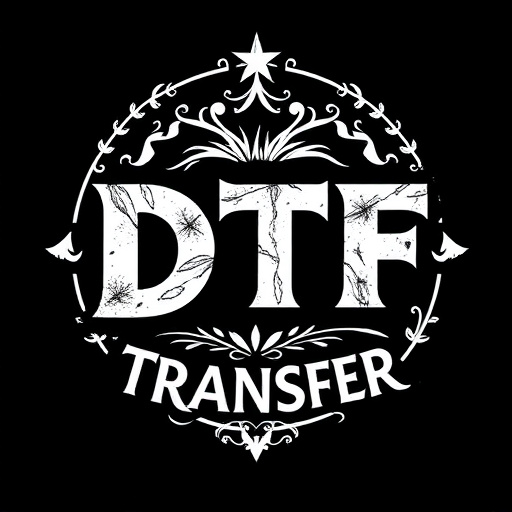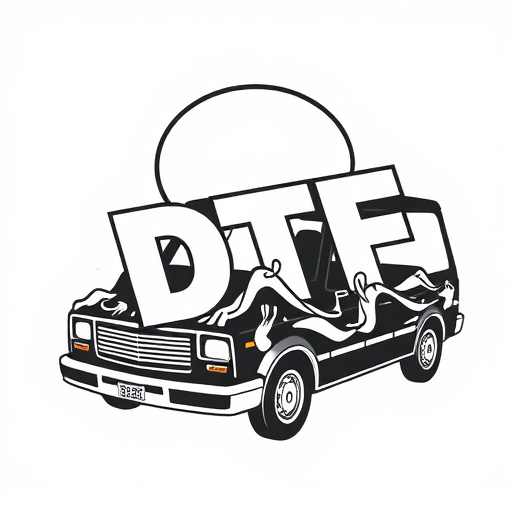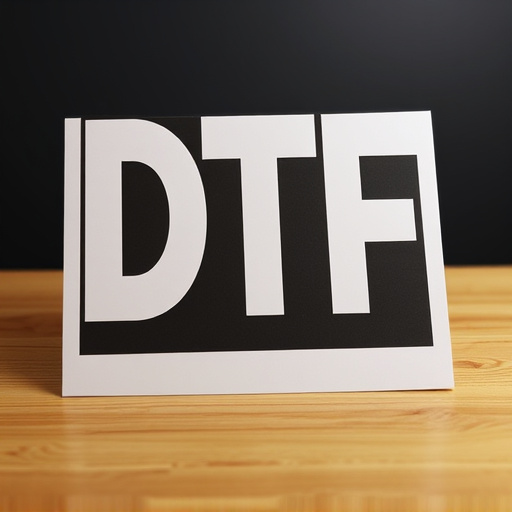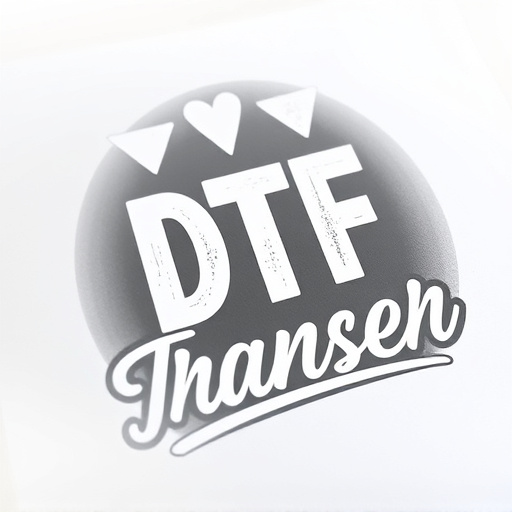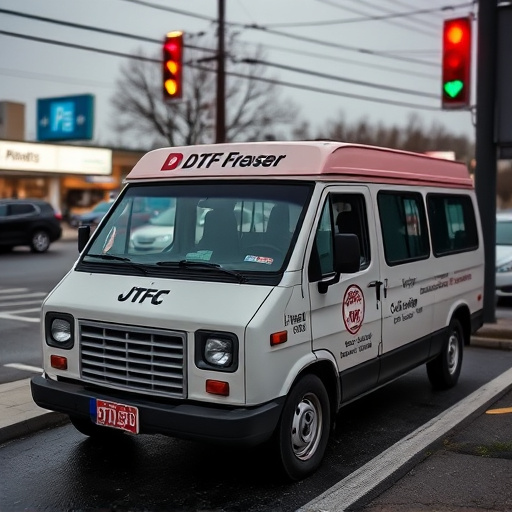Direct-to-Film (DTF) transfer is a revolutionary printing method for custom apparel and various surfaces. It offers faster production times, intricate design capabilities, and high-quality prints compared to traditional screen printing. DTF's advantages include reduced setup costs, shorter turnaround times, and improved efficiency for small batches or unique designs. While screen printing remains ideal for bulk orders and bold graphics, DTF is a game-changer for businesses seeking swift, on-demand printing solutions, appealing to both startups and eco-conscious consumers.
In the realm of printing, Direct-to-Film (DTF) transfer has emerged as a modern alternative to traditional screen printing. This innovative method promises faster turnaround times and enhanced quality, particularly for complex designs. This article delves into the world of DTF Transfer, exploring its advantages over conventional screen printing. We analyze print quality, speed, cost-effectiveness, and their diverse applications, shedding light on why DTF Printing is gaining traction in today’s market, offering a game-changing approach to creating high-quality DTF prints.
- Understanding Direct-to-Film (DTF) Transfer: A Modern Approach
- Traditional Screen Printing: The Established Method
- DTF vs Traditional: Quality and Precision
- Turnaround Time: Speed Difference Between the Two Techniques
- Cost Analysis: Which is More Economical?
- Applications and Future Prospects of DTF Printing
Understanding Direct-to-Film (DTF) Transfer: A Modern Approach
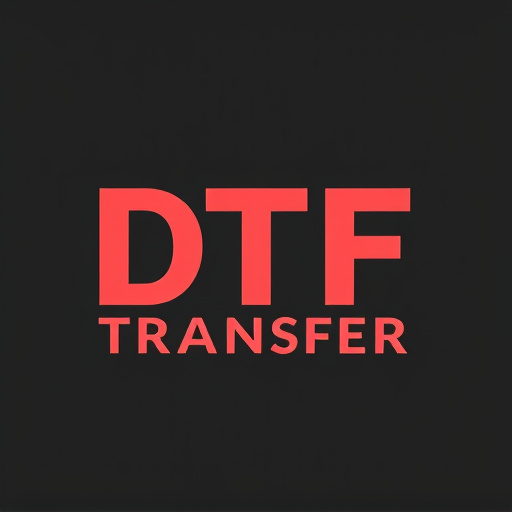
Direct-to-Film (DTF) transfer is a modern approach to printing that has gained significant traction in recent years, especially within the custom apparel industry. This innovative method bypasses traditional screen printing techniques and directly applies designs to various materials using specialized ink and equipment. DTF Printing involves transferring the design from a digital file onto a film, which is then cured under UV light. The printed image becomes a durable, high-quality print on the desired surface, be it fabric, plastic, or even metal.
Compared to screen printing, DTF offers several advantages. It allows for more complex designs with finer details and smoother gradients, making it ideal for intricate artwork and photographic prints. Additionally, DTF Printing is faster, as it eliminates the need for setting up screens, which streamlines production time significantly. This method also accommodates printing on odd-shaped items or non-planar surfaces, expanding the possibilities for creative applications.
Traditional Screen Printing: The Established Method
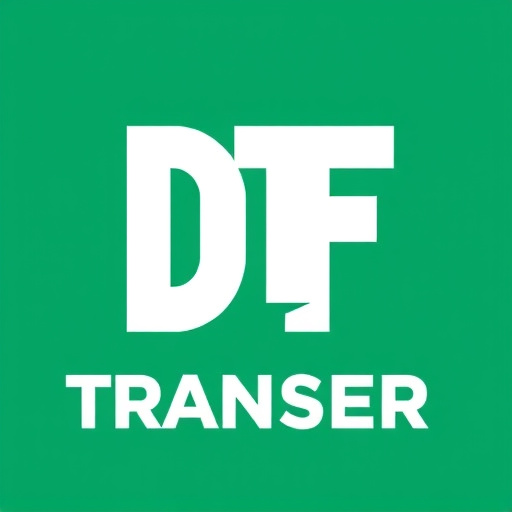
Traditional screen printing has long been the established method for creating custom prints on various surfaces, from t-shirts to posters. This process involves setting up a screen with a fine mesh and blocking out areas to create a stencil. Ink is then pushed through the open areas of the screen onto the substrate below, resulting in a physical imprint of the design. This technique has been refined over decades, offering excellent durability and vibrant colors for both small-scale and mass production runs. It’s particularly favored for creating intricate designs and detailed artwork, as each element can be precisely controlled during the printing process.
In contrast to DTF (Direct-to-Film) transfers, traditional screen printing involves a more labor-intensive setup and cleaning process. Screens must be carefully prepared and maintained, making it less suitable for one-off or small-batch projects. However, its longevity and ability to produce high-quality prints on a variety of materials have solidified its place as a go-to method in the industry, with DTF transfers emerging as a more modern alternative for specific applications.
DTF vs Traditional: Quality and Precision
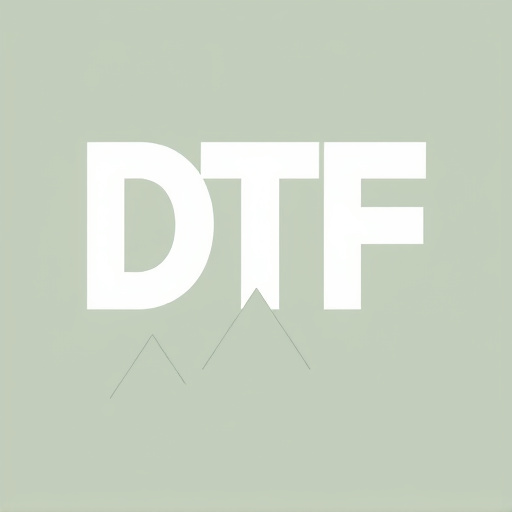
Direct-to-film (DTF) printing and traditional screen printing are two distinct methods with unique advantages and disadvantages when it comes to quality and precision. In DTF, a digital image is transferred directly onto a print medium using heat pressure, offering exceptional detail and vibrancy in prints. This method allows for intricate designs with fine lines and subtle color gradients, making it ideal for photo-realistic images and high-quality graphics. The direct approach ensures precise alignment and eliminates the need for separate screens, resulting in consistent and accurate prints.
In contrast, traditional screen printing involves creating a stencil on a silk or synthetic mesh, which is then used to transfer ink onto the substrate. While this method can produce vibrant colors and robust prints, it may not achieve the same level of detail as DTF, especially for fine artwork. Traditional screening also requires more setup time and can be costlier due to the preparation of individual screens for each design. However, it remains a popular choice for bulk orders and items like t-shirts, where high volumes and lower print complexity are involved.
Turnaround Time: Speed Difference Between the Two Techniques
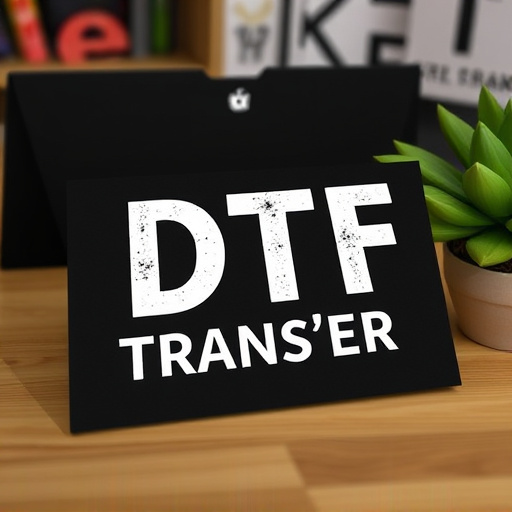
Direct-to-film (DTF) transfer and traditional screen printing methods differ significantly in their turnaround times. DTF printing is a relatively newer, faster approach that has gained popularity for its speed and efficiency. With DTF, designs can be uploaded, approved, and printed quickly, often producing final prints within hours. This rapid process is ideal for time-sensitive projects or when small batches are required.
In contrast, screen printing typically involves several steps, including setting up the screen, emulsion preparation, exposure, and then the actual printing process itself. Each stage contributes to a longer turnaround time, with some estimates suggesting it can take anywhere from 3 to 7 days for a single order, depending on complexity and order volume. While this traditional method offers high-quality results, the extended lead times may not align with businesses or individuals needing swift production cycles.
Cost Analysis: Which is More Economical?
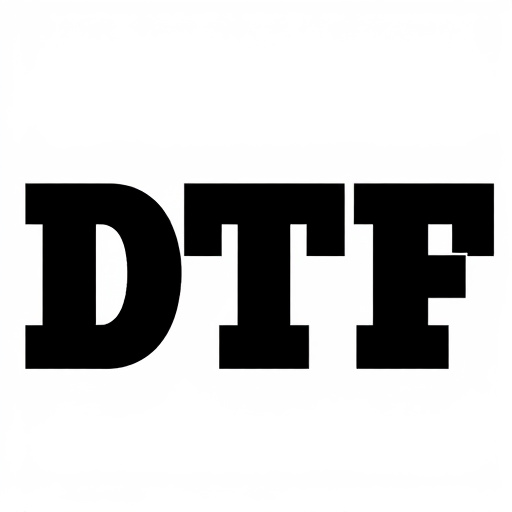
Direct-to-film (DTF) transfer and traditional screen printing are two distinct methods with varying cost implications. In terms of upfront costs, setting up a DTF printing system can be more economical due to the relatively lower investment required for specialized equipment compared to traditional screen printing presses. This makes DTF an attractive option for small businesses or startups looking to enter the custom apparel market without a significant financial burden.
However, the cost-effectiveness of each method extends beyond initial setup. DTF prints often have lower material costs per unit, especially for smaller batches, as the process eliminates the need for creating and maintaining individual screen frames. Conversely, traditional screen printing may have higher material costs due to the reusability of screens over time. Long-term, DTF transfer can offer savings, particularly when producing a diverse range of designs, whereas screen printing might be more economical for large, repetitive orders.
Applications and Future Prospects of DTF Printing
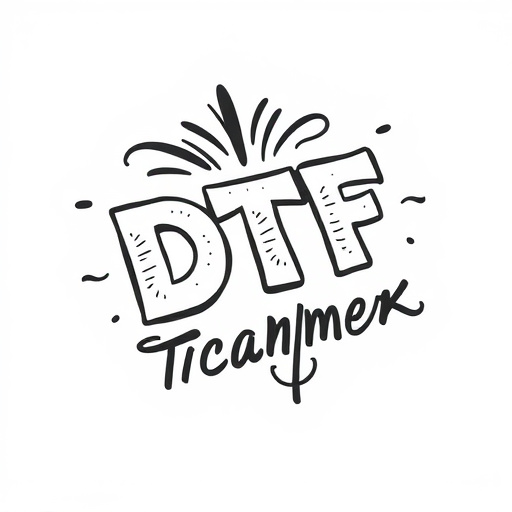
Direct-to-film (DTF) printing has a wide range of applications across various industries. It’s particularly favored for creating custom, on-demand prints, such as t-shirts, posters, and banners, due to its efficiency and cost-effectiveness. The method is also popular in small businesses and startups that require high-quality, personalized designs without the overhead costs associated with traditional screen printing set-ups.
Looking ahead, DTF printing promises exciting future prospects. With advancements in technology, print quality continues to improve, enabling intricate details and vibrant colors. Additionally, the integration of digital design tools allows for easier customization and faster turnaround times. As a result, DTF Printing is poised to become an even more sought-after option for businesses looking to offer unique, personalized products while maintaining high production standards. Furthermore, its environmental benefits, such as reduced waste compared to traditional screen printing, make it an increasingly attractive choice for eco-conscious consumers and brands.

